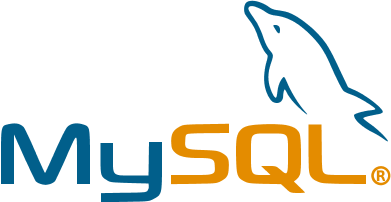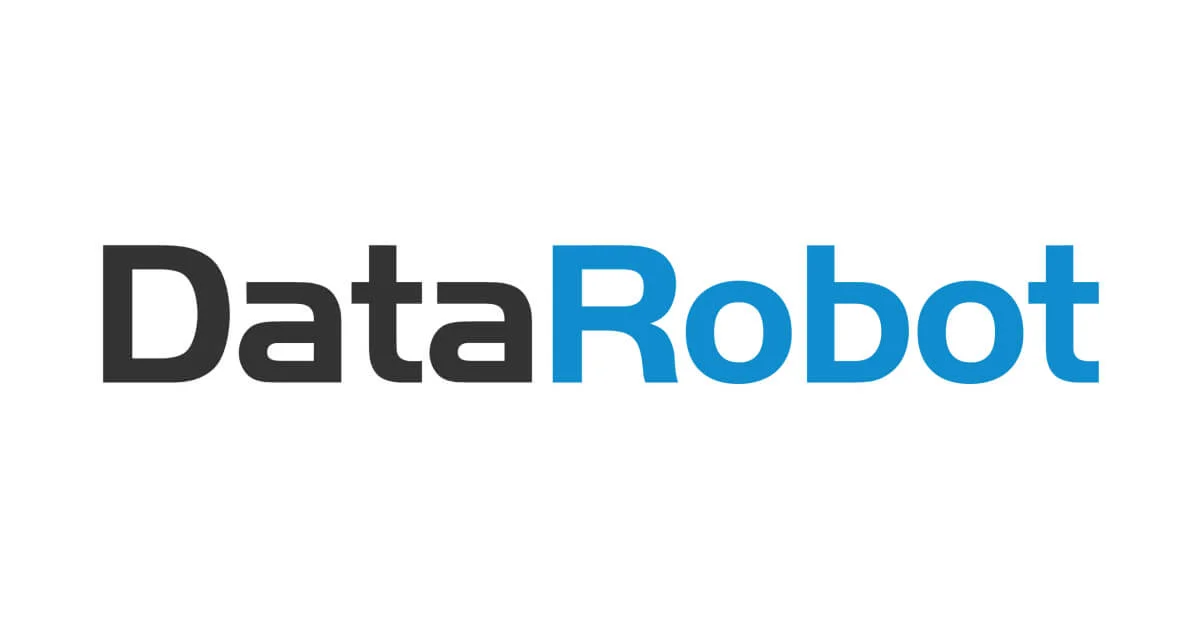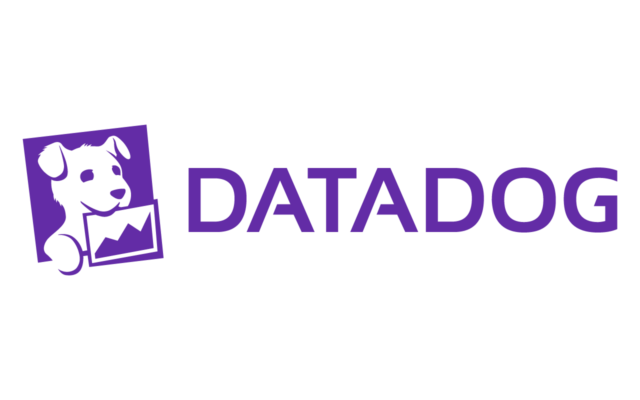In today’s fast-paced digital landscape, businesses across industries are increasingly turning to products and platforms to drive innovation, enhance customer experiences, and streamline operations. As the backbone of modern technology ecosystems, these solutions enable organizations to adapt to rapidly changing market demands and maintain a competitive edge. In this blog, we will explore the role of products and platforms in the digital age, key trends shaping their development, and the future outlook for businesses leveraging these powerful tools.
1. The Rise of Platform-Based Business Models
Platforms have become central to the digital economy, enabling businesses to create value by facilitating interactions between different groups, such as consumers and service providers. Companies like Amazon, Uber, and Airbnb have revolutionized their respective industries by building platform-based business models that connect users with products, services, and information.
This trend is not limited to consumer-facing businesses; enterprise platforms are also gaining traction. These platforms provide a foundation for integrating various software solutions, enabling seamless data flow and collaboration across departments. By adopting platform-based models, businesses can achieve greater scalability, flexibility, and efficiency, positioning themselves for long-term success.
2. The Evolution of Digital Products
Digital products are software-based solutions that deliver value to customers through applications, services, or content. These products can range from mobile apps and cloud-based software to digital media and online services. As customer expectations continue to evolve, companies must continuously innovate their digital products to meet demands for usability, functionality, and personalization.
One of the key trends in digital product development is the focus on user experience (UX) and design thinking. Companies are prioritizing intuitive interfaces, responsive design, and user-centric features to ensure their products are not only functional but also enjoyable to use. Additionally, the adoption of agile development methodologies allows businesses to iterate quickly, respond to user feedback, and bring new features to market faster.
3. Integration and Interoperability
As businesses adopt a growing number of digital products and platforms, the need for integration and interoperability has become increasingly important. Organizations are seeking solutions that can seamlessly connect different tools, systems, and data sources to create a unified and efficient technology ecosystem.
Application programming interfaces (APIs) play a crucial role in enabling integration and interoperability. By providing a standardized way for different software solutions to communicate, APIs allow businesses to build custom workflows, automate processes, and create more cohesive user experiences. The trend towards open APIs and ecosystem partnerships is further driving innovation, enabling companies to leverage third-party solutions and extend the capabilities of their products and platforms.
4. The Impact of Artificial Intelligence and Machine Learning
Artificial intelligence (AI) and machine learning (ML) are transforming the development and functionality of products and platforms. These technologies enable businesses to analyze vast amounts of data, automate decision-making, and deliver personalized experiences at scale.
For example, AI-powered chatbots and virtual assistants are becoming common features of digital products, providing users with instant support and information. In addition, machine learning algorithms are being used to optimize platform operations, predict customer behavior, and enhance security. As AI and ML continue to advance, their integration into products and platforms will unlock new opportunities for innovation and efficiency.
5. The Future of Products and Platforms
Looking ahead, the future of products and platforms will be shaped by continued advancements in technology, evolving customer expectations, and the need for greater agility and adaptability. Businesses that invest in the development of flexible, scalable, and user-centric solutions will be well-positioned to thrive in the digital economy.
Key areas of focus will include the adoption of cloud-native technologies, the expansion of AI and automation, and the emphasis on security and data privacy. Additionally, the rise of the Internet of Things (IoT) and 5G connectivity will drive the development of new products and platforms that leverage real-time data and advanced analytics.
Conclusion: Harnessing the Power of Products and Platforms
In the digital age, products and platforms are essential tools for businesses seeking to innovate, grow, and compete. By understanding the trends shaping their development and strategically investing in these solutions, organizations can unlock new opportunities, improve customer experiences, and achieve long-term success.
As the digital landscape continues to evolve, businesses must remain agile, embracing the latest technologies and best practices to stay ahead of the curve. By doing so, they can harness the full potential of products and platforms, driving innovation and efficiency in an increasingly competitive market.





























































































































































